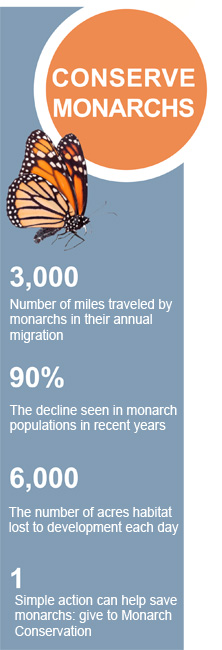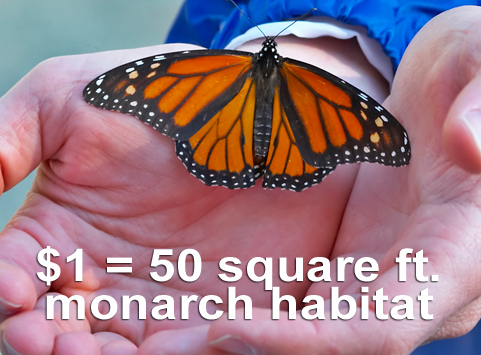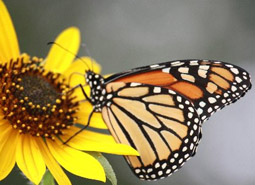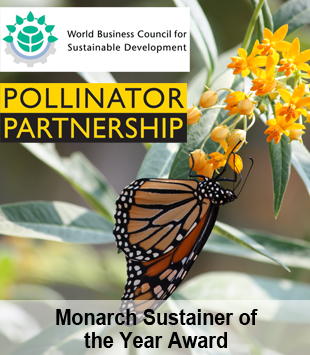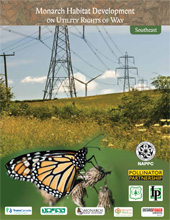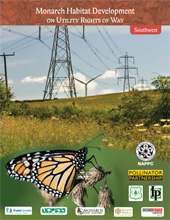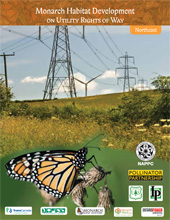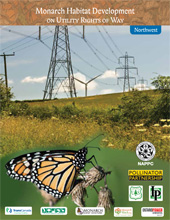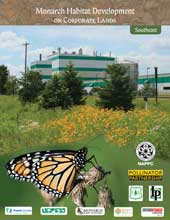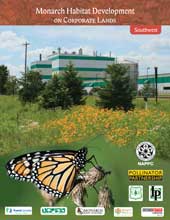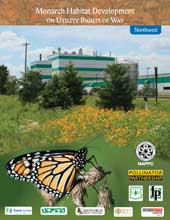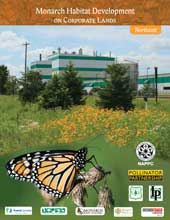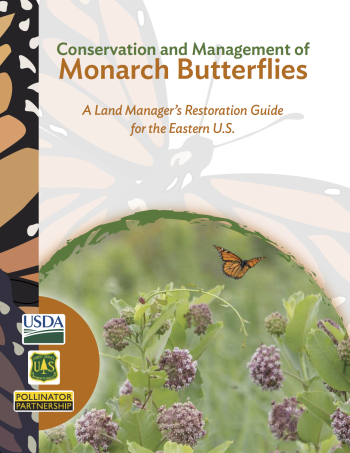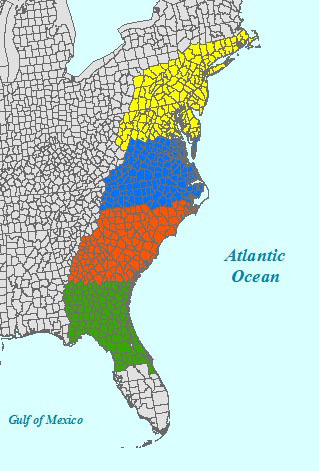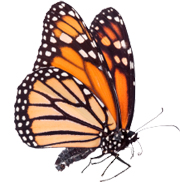|
Monarch Wings Across America
The Pollinator Partnership (P2) along with The Kelvin and Eleanor Smith Foundation launched a new program called "Monarch Wings Across Ohio" in response to the Presidential directive on supporting the monarch migration. As many people know, the monarch migration is in peril. The number of monarchs making the annual migration has plummeted in recent years, but Ohioans have stepped forward in unprecedented numbers to make a difference. Support for monarchs starts with one thing that everyone can do: plant for monarchs!
Monarch butterflies require regionally specific host milkweeds on which they can lay their eggs as well as nectar-supplying plants for energy to successfully complete the migration. Monarch Wings Across Ohio is working with a diverse collation of partners to install monarch habitat research plots across partners' land in the following settings; urban ecosystems, agriculture, corporate lands, and public gardens. Monarch habitat research plots will beautify the spaces they will occupy and provide valuable insight into monarch foraging preferences.
Regionally-based field researchers have been hired across Ohio to collect data on the nectaring plantings monarchs prefer to feed on to fuel their migration. The plots will stay in place for at least three years. There are a coalition of partners across Ohio that have joined the program.
The Monarch Wings Across Ohio program is fueled by tax-deductible donations. To find out how you can get involved, please contact Mary Galea at mg@pollinator.org
Donate today for monarchs!
Monarch Sustainer of the Year Awarda new initiative to recognize business in supporting the long-term viability of monarch butterflies by the U.S. Business Council on Sustainable Development and the Pollinator Partnership.
Monarch Habitat Development Manuals
|
Monarch Habitat Development Manuals for Corporate LandsCorporate lands are a great venue for creating monarch habitat, while enhancing your own workplace environment. These habitat development manuals contain regionalized planting lists and a step-by-step guide to creating monarch habitat. Inside the manuals:* Regionalized PLANTING LISTS * Habitat Evaluation Rubric * Project Evaluation Form * STEP-BY-STEP guide to transforming your landscape into monarch habitat |
|||
Conservation and Management of Monarch Butterflies:
A Land Management Restoration Guide for the Eastern U.S.
Inside this guide:
- Monarch Biology
- Monarch Habitat
- Ecoregional Plant Tables of the Eastern Monarch Migratory Corridor
- Additional Resources
 |
Click here to DOWNLOAD a list of milkweeds to plant in your fueling zone. Click here to DOWNLOAD a list of native plant nurseries that supply many of the native plants that are needed to fuel the monarch migration. |

